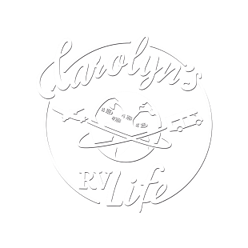Ultimate Guide to the Best Scenic Drives Across the USA
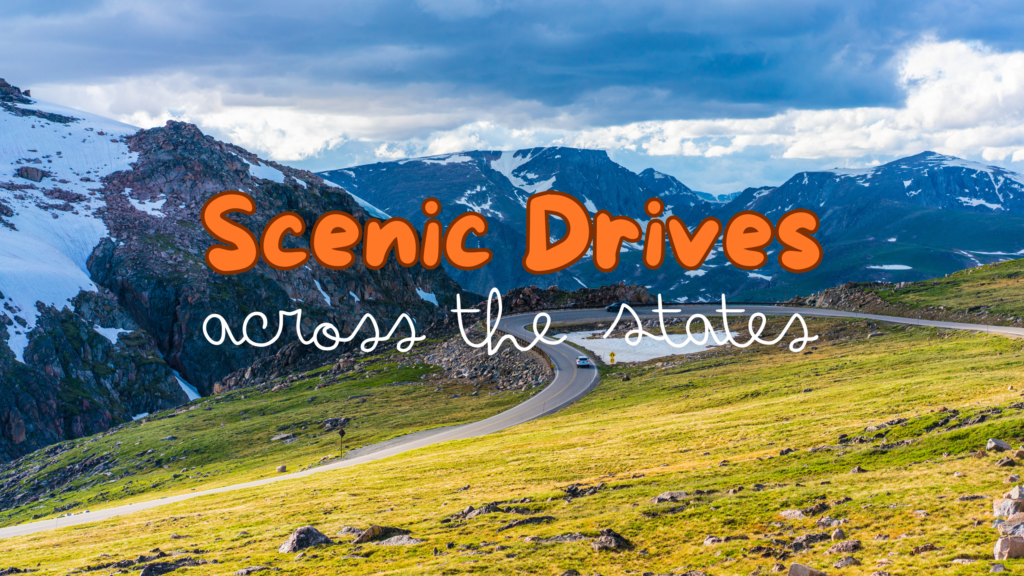
Getting Started w/ RV Living, On the Road, Places Ultimate Guide to the Best Scenic Drives Across the USA Posted by Carolyn Higgins on July 26, 2024 There’s nothing quite like the open road, especially when that road takes you through some of the most breathtaking landscapes in the United States. From the meandering beauty […]
The BEST Websites & Apps for RV Living/Travel
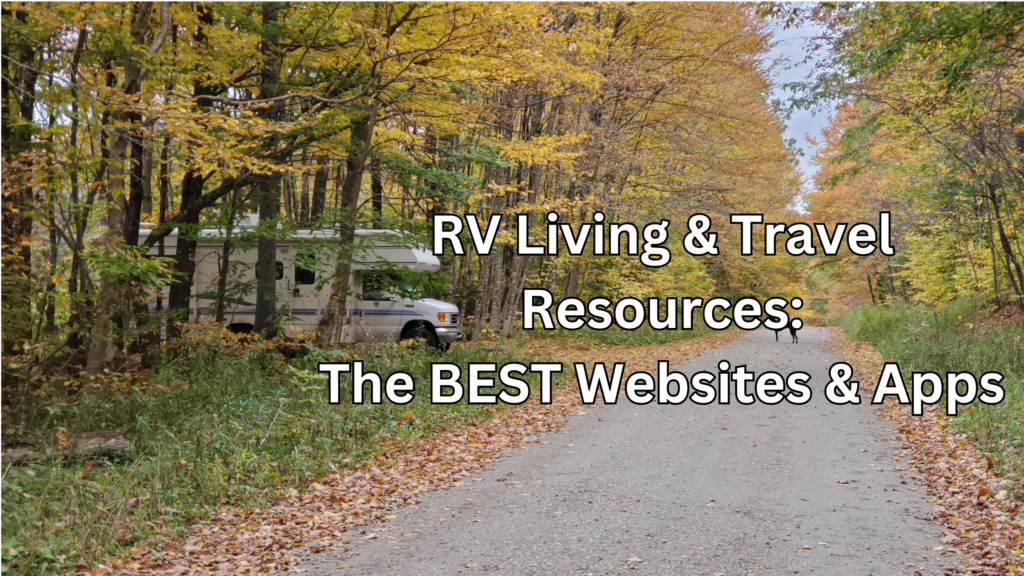
Getting Started w/ RV Living, On the Road, RV Living Tips The BEST Websites & Apps for RV Living/Travel Posted by Carolyn Higgins on May 15, 2024 With the sun shining brighter and the temperatures rising, it’s time to dust off your RV and hit the open road for some unforgettable summer adventures. Whether you’re […]
10 Ways to Love Your RV and Make the Most of Your Adventures
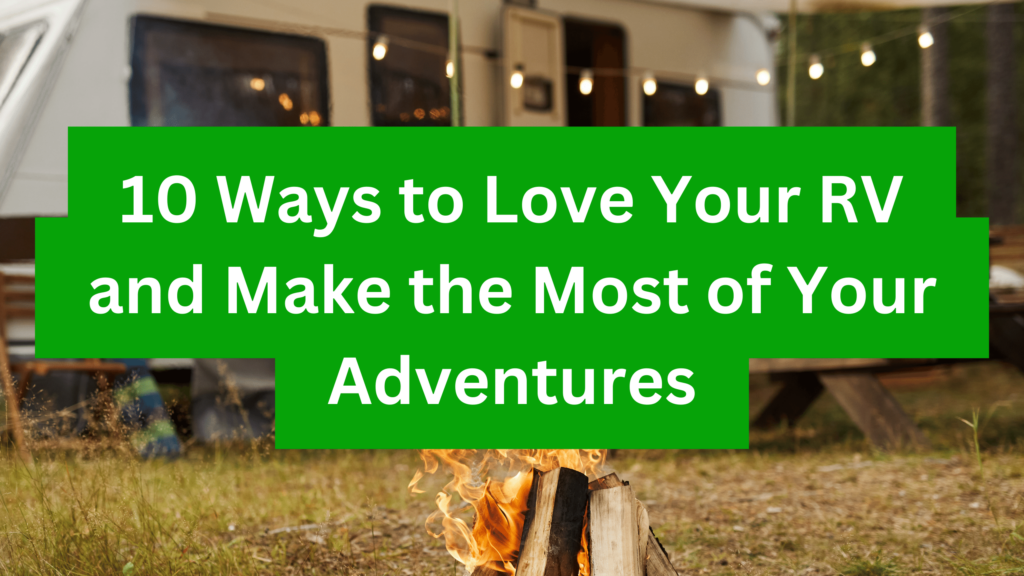
Getting Started w/ RV Living, Places, RV Living Tips 10 Ways to Love Your RV and Make the Most of Your Adventures Posted by Carolyn Higgins on February 21, 2024 Living and traveling in an RV opens up a world of adventure; offering freedom, flexibility, and the opportunity to explore new places without sacrificing the […]
How to Buy the BEST Used RV
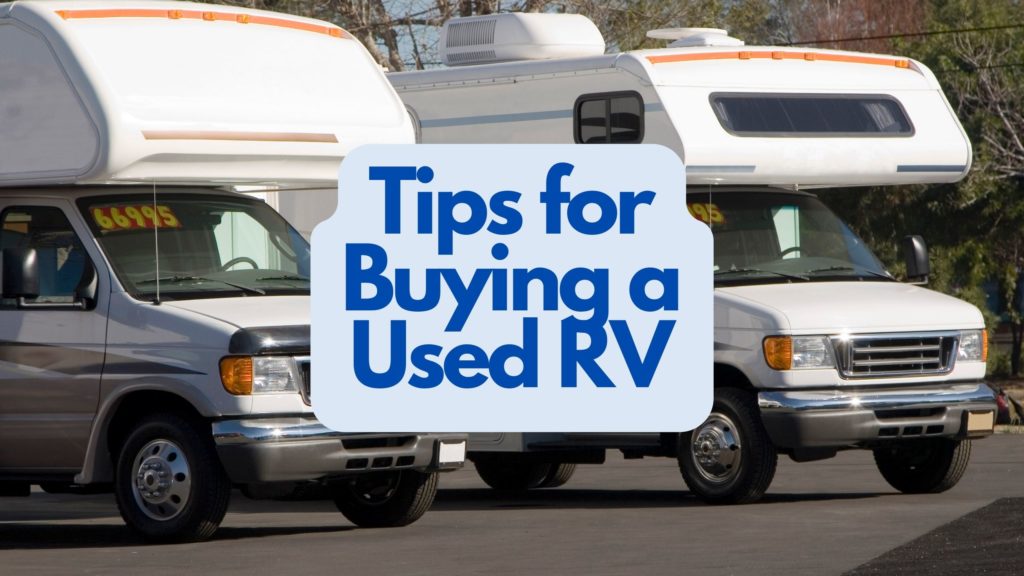
Getting Started w/ RV Living, RV Living Tips How to Buy the BEST Used RV Posted by Carolyn Higgins on May 5, 2022 In this blog, I want to share the process I used to purchase a new-to-me, used RV, replacing the infamous “Matilda”. The decision to purchase a new-to-me RV was definitely not a […]
FIVE REASONS TO LIVE IN A CLASS C RV

Getting Started w/ RV Living, RV Living Tips FIVE REASONS TO LIVE IN A CLASS C RV Posted by Carolyn Higgins on March 16, 2022 If you had the choice to live in an RV, van, motorhome, School Bus, Class A, Class C, or Sprinter van what would you choose to live in?? There are […]
How to Find the Right RV or Van to Live In
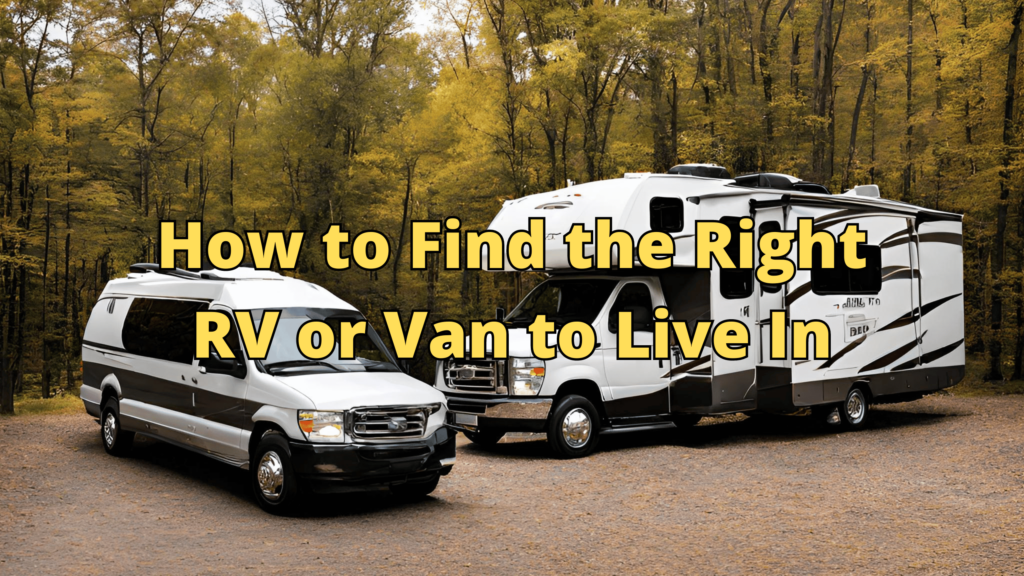
Getting Started w/ RV Living, RV Living Tips How to Find the Right RV or Van to Live In Posted by Carolyn Higgins on March 16, 2019 Deciding to live a nomadic life can be as scary as it is exciting. Similarly, choosing the right vehicle can be intimidating. That’s why, in this blog, I […]
8 Signs You’re Destined to be a Full Time RVer or VanDweller
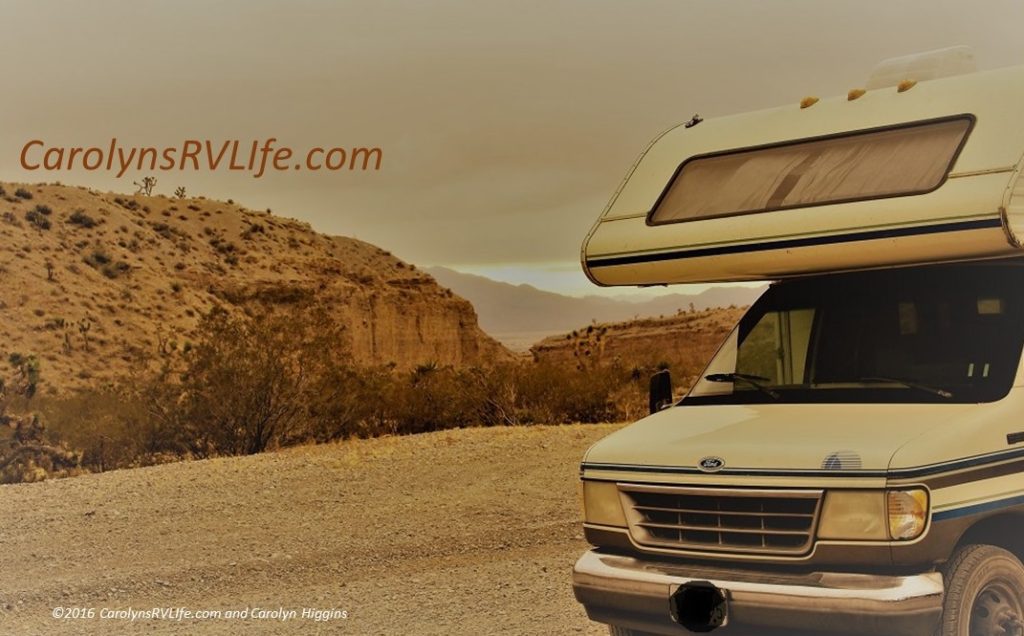
Full time RVers and VanDwellers are as diverse as any individuals you’d find in a traditional community. Some love to live in RV parks or explore National Parks. Some prefer to stealth camp in urban areas. And others, like me, are boondockers who crave the peace and solitude that only the most remote National Forest […]
Van or RV: What should you live in?
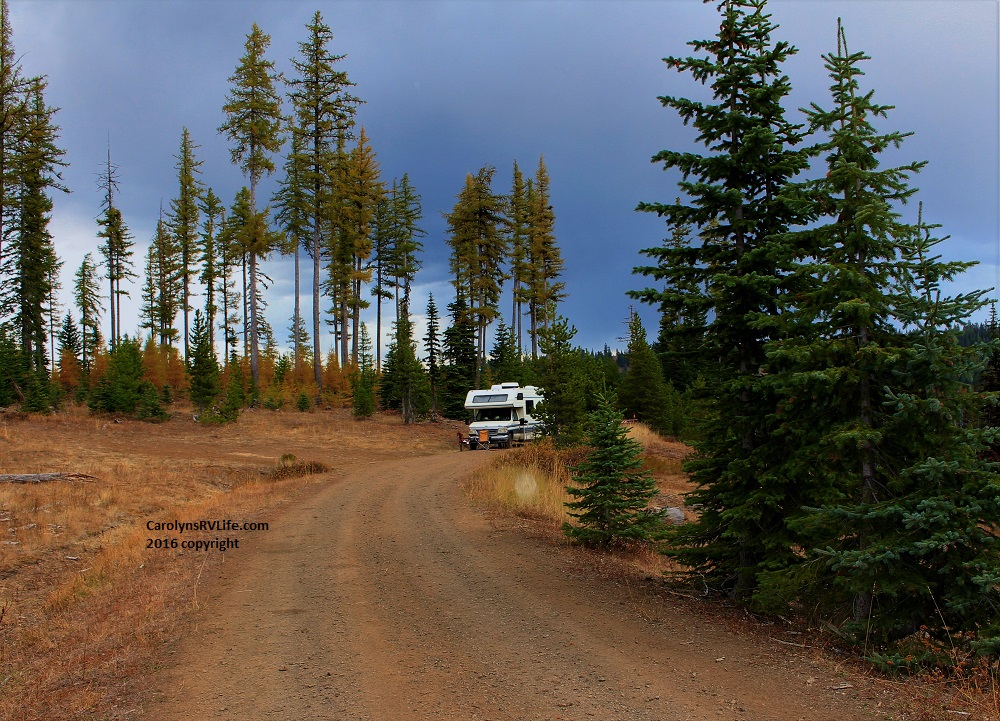
When I decided to become a full time RVer my first consideration was what should I buy? I wanted a mobile home comfortable enough to live and work in but not so comfortable that I never wanted to go outside. My intent, after all was to spend more time in nature. Now that I’ve lived […]
5 Useless Gadgets I Bought for My New RV Life
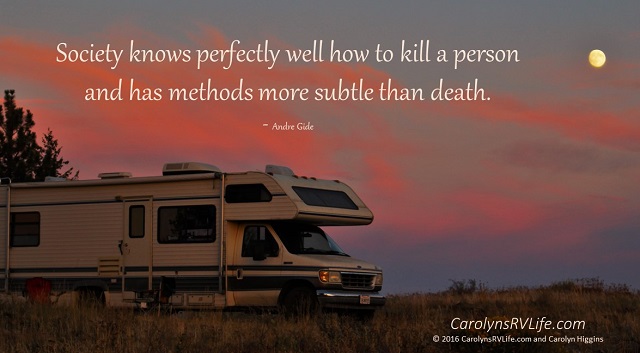
When you get your RV the first thing you want to do is run right out and buy things for it – especially if you’re going to be living in it. It’s just like moving into a new home, you want to fix it up and make it yours. I should have known I was […]
14 Things I Learned in My First 4 Months of RV Living
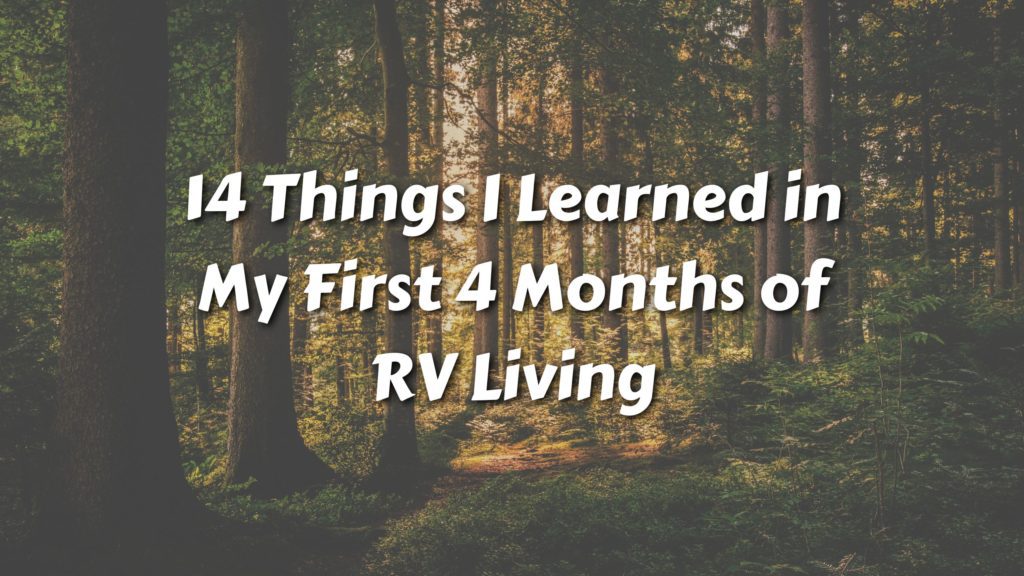
Getting Started w/ RV Living, RV Living Tips 14 Things I Learned in My First 4 Months of RV Living Posted by Carolyn Higgins on August 28, 2016 This week was my 4-month anniversary living in an RV! Last week, I posted a blog about the day I left the backyard of my suburban apartment and embarked on my […]


